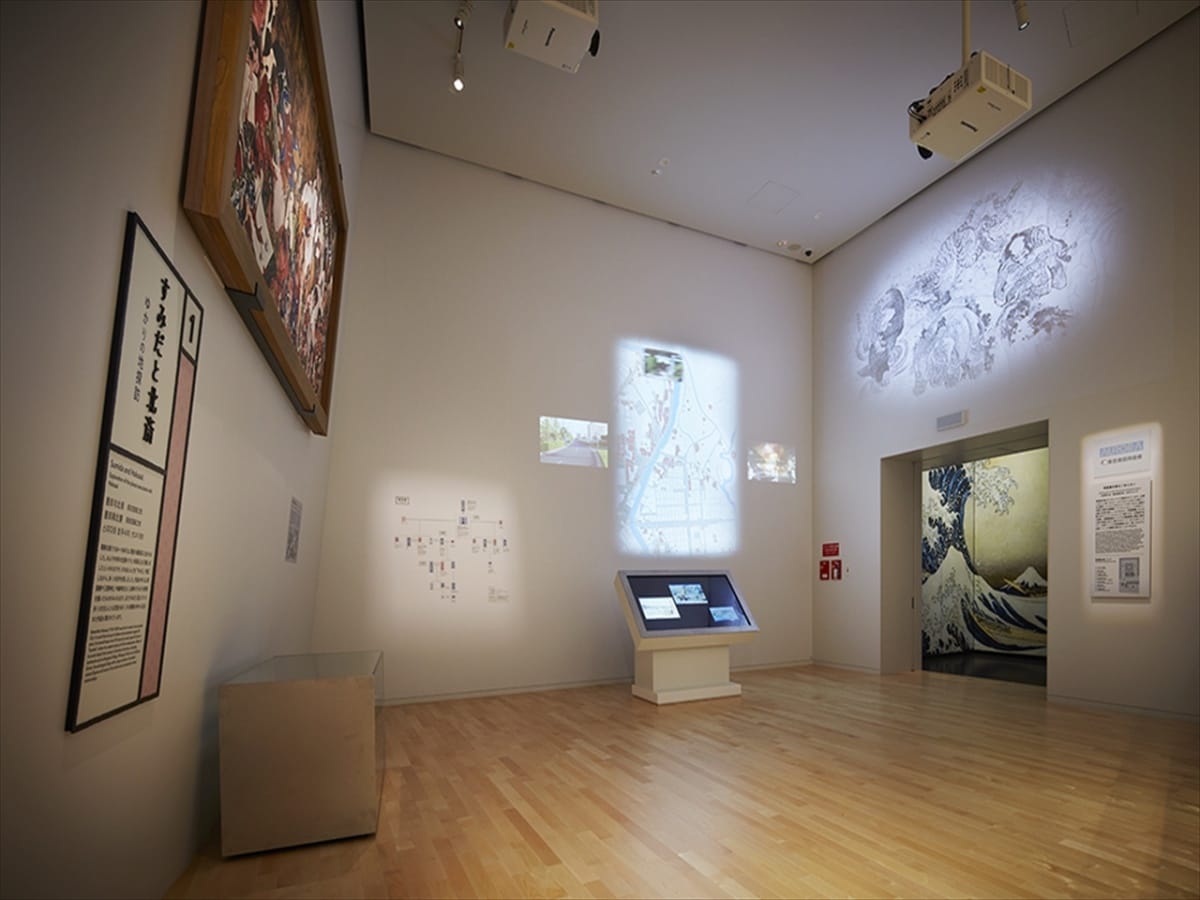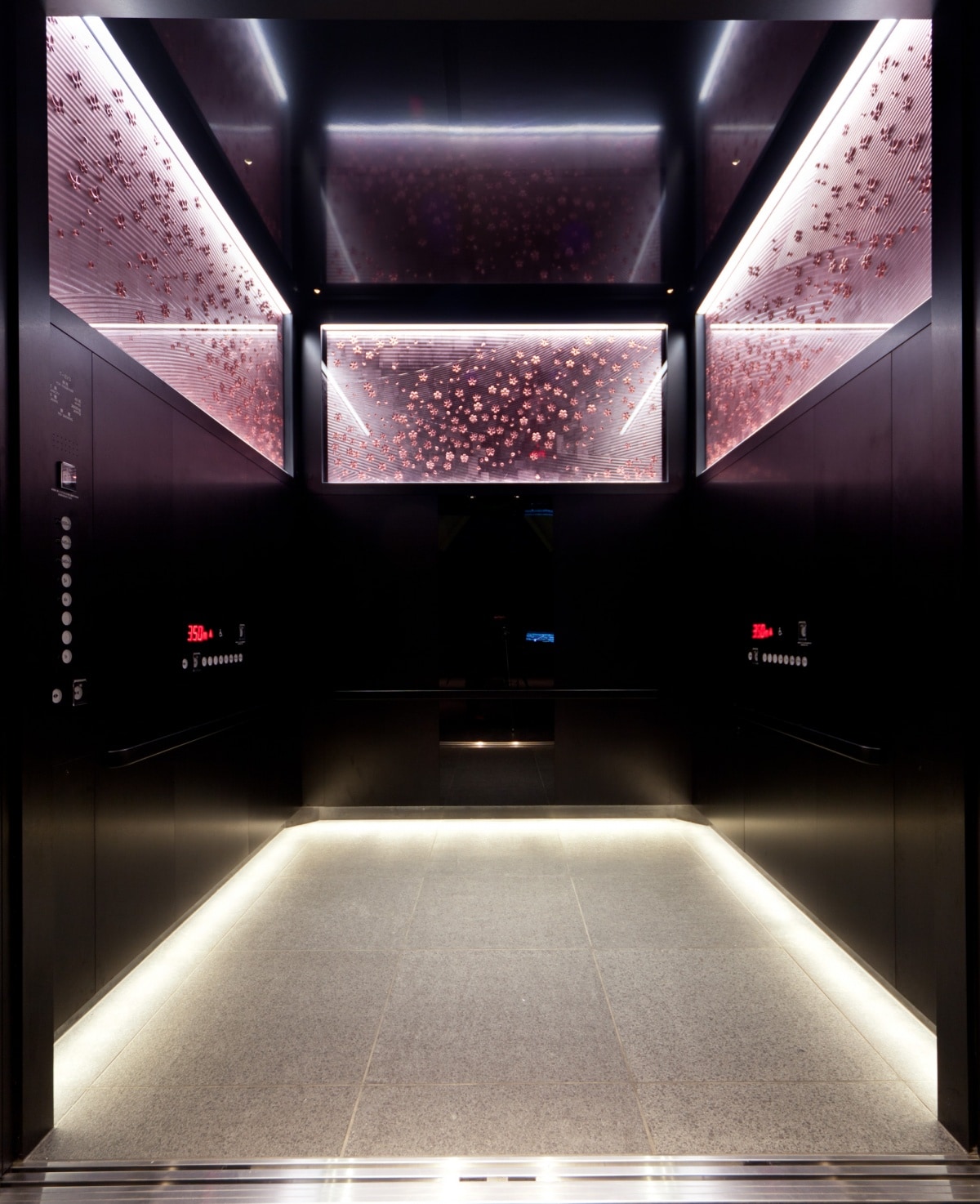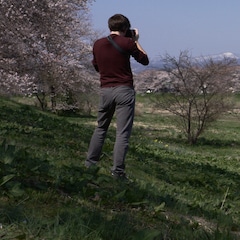Sumida: Where Japan’s Past & Future Collide
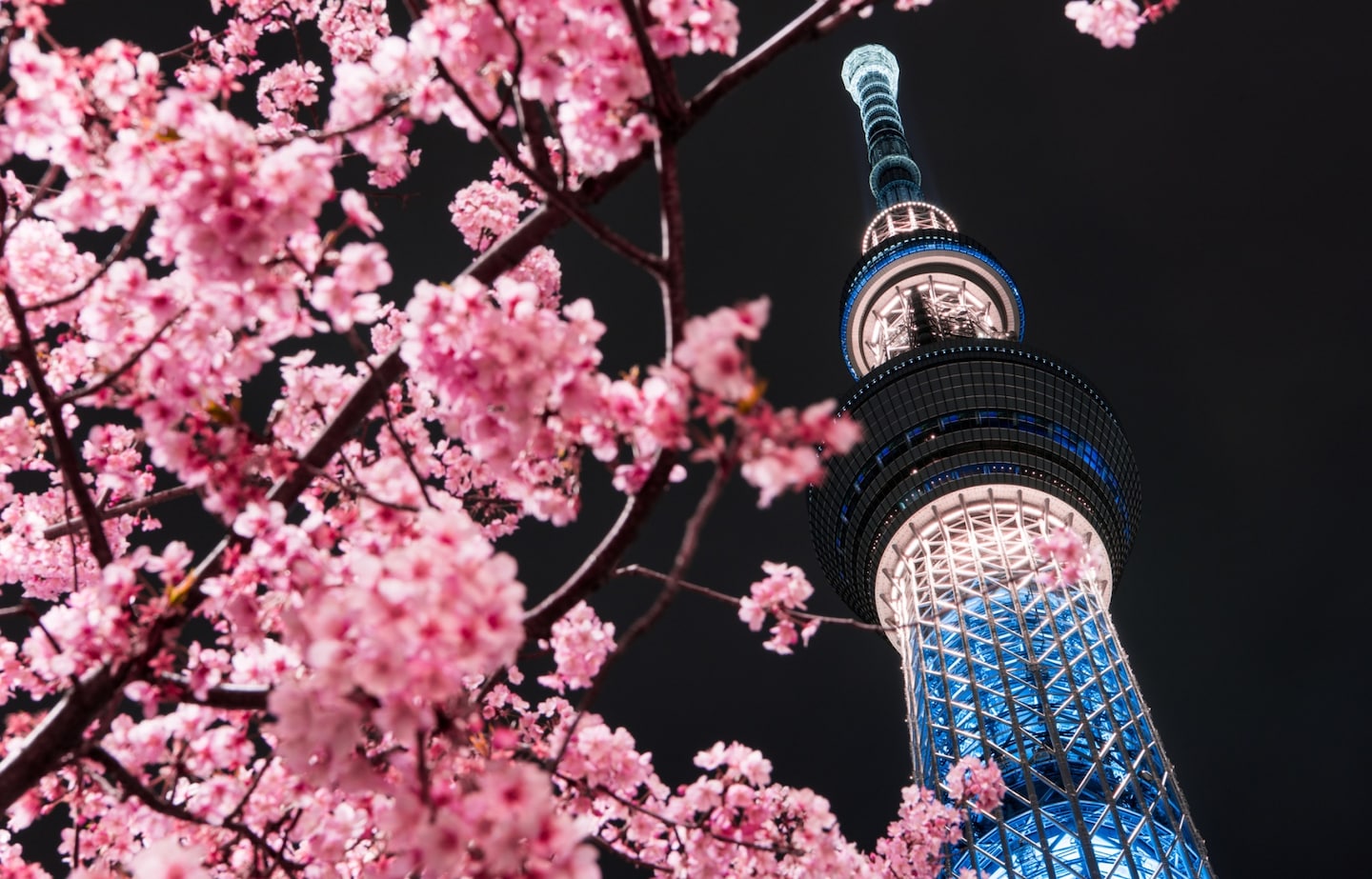
Sumida Ward, in the northeastern part of Tokyo, is home to a staggering number of attractions appealing to visitors both domestic and international. Needless to say, I jumped at the chance to join a tour of the area’s charms, provided by one of Japan’s largest private rail companies, Tobu Railway.
(Photo © Tokyo-Skytree)
Sumida Hokusai Museum
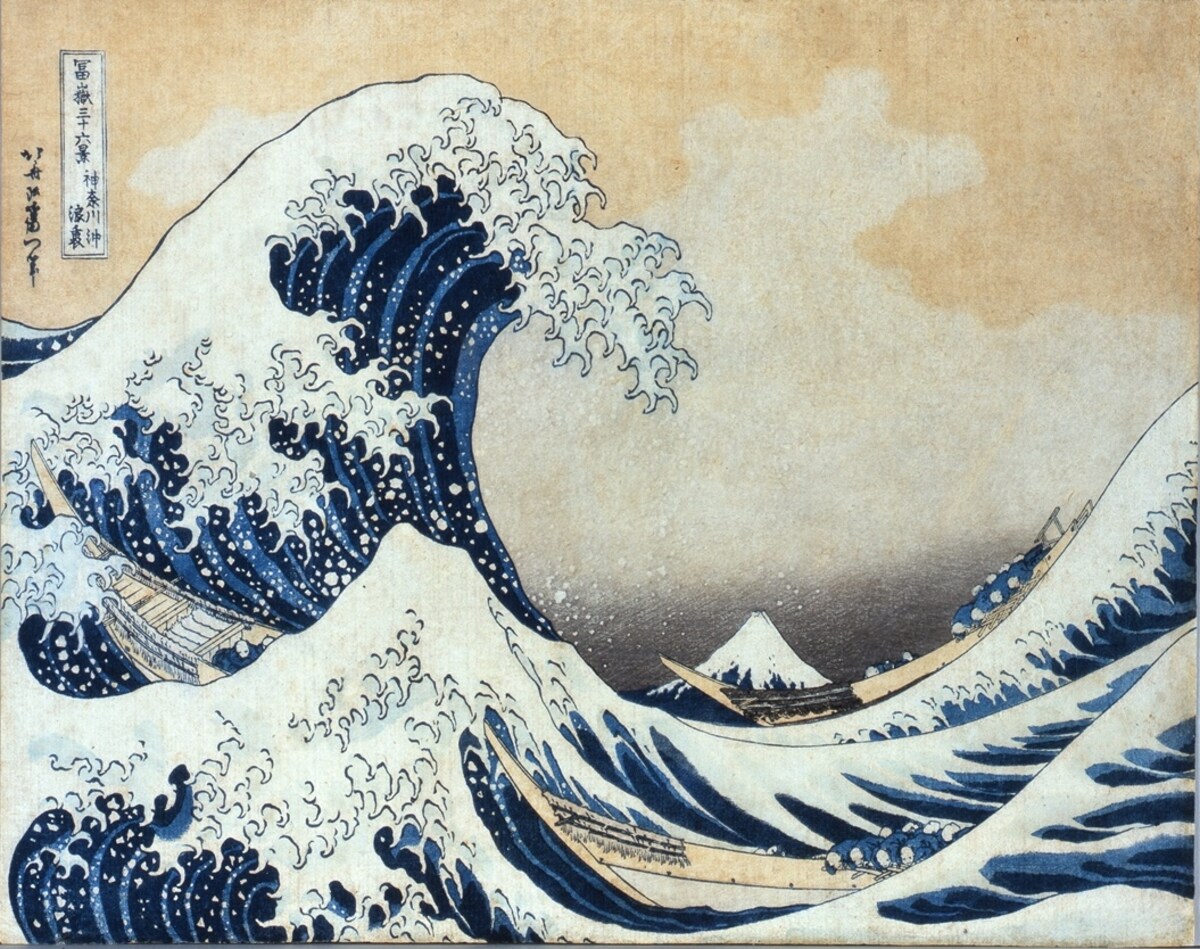
Opened in November, 2016, the Sumida Hokusai Museum (墨田北斎美術館, Sumida Hokusai Bijutsukan) is a short walk from the Ryogoku Station on the JR Sobu Line or the Oedo Subway. It’s dedicated to work of the legendary ukiyo-e artist Katsuhika Hokusai, commonly referred to as simply Hokusai. Known the world over for his iconic woodblock prints, the most famous being The Great Wave Off Kanagawa, a single entry in his "Thirty-Six View of Mount Fuji" series, he spent most of his 90-year life (1760–1849) in Sumida, and the influence the various landscapes the area had on his work simply can’t be overstated.
(Photo © すみだ北斎美術館)
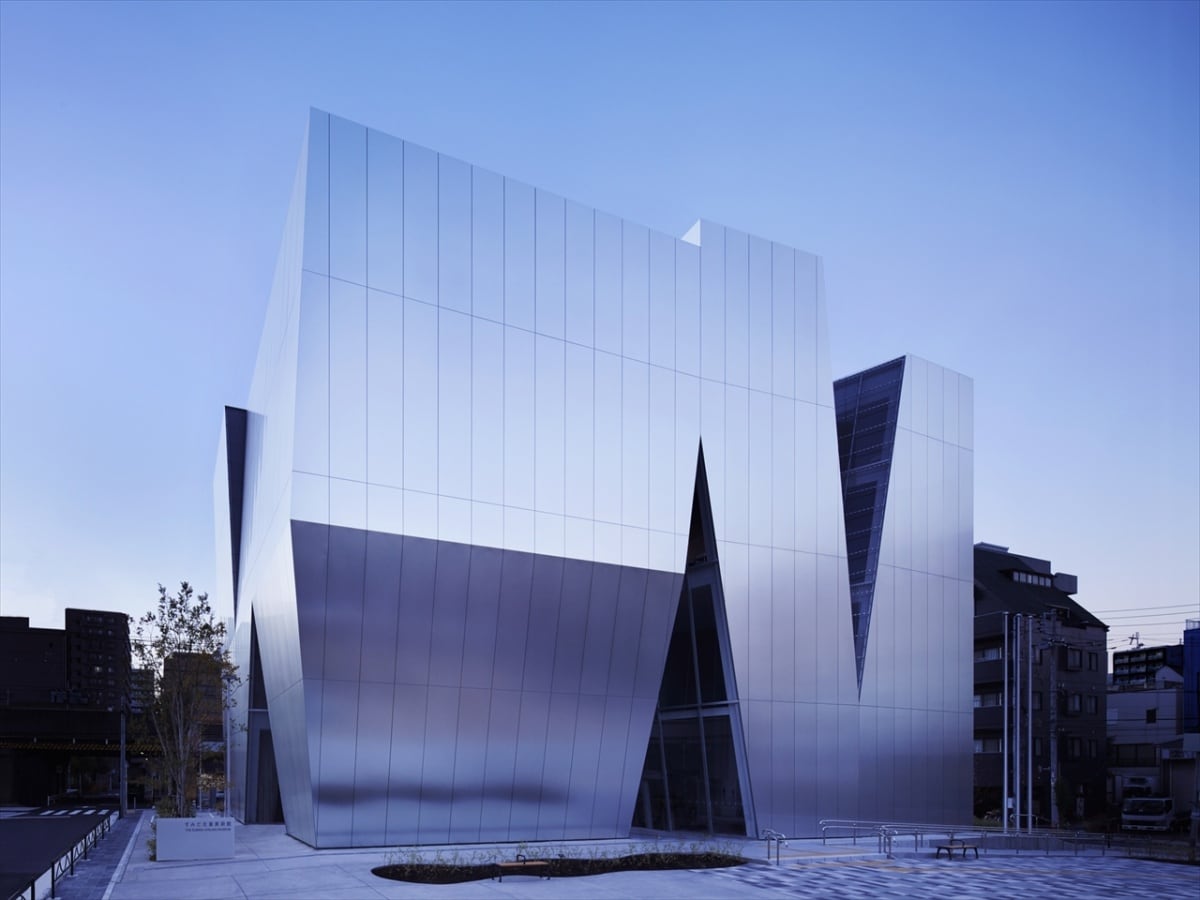
The museum itself has a striking appearance, designed by the award-winning architect Kazuyo Seijima, and is constructed in such a way that it's approachable from all sides. It integrates seamlessly into the neighboring surroundings, and the laughter of children in the playground next to it welcomed me as I approached. Everything about the facility is in honor of Hokusai, including the space’s logo, which was inspired by one of his prints.
(Photo © Forward Stroke)
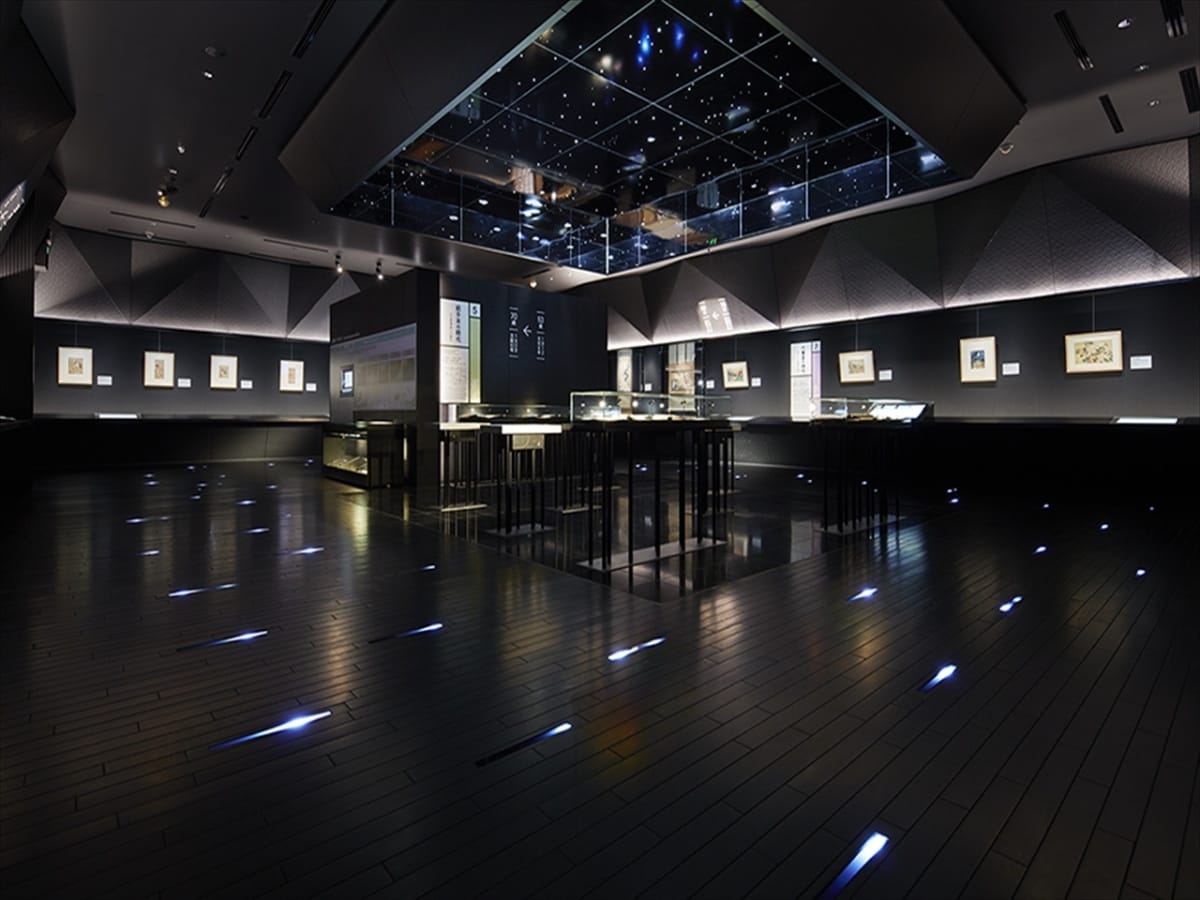
The first floor is home to a meeting room, a ticket counter inside a gift shop brimming with goods, and a library that includes many books on art history, religion and more. The permanent gallery is located on the fourth floor and is comprised of a series of high quality replicas of Hokusai’s work with detailed descriptions in Japanese and English. The exhibit has a lot of interactivity, too, with touch panel information monitors as well as a projected map of the area that shows where Hokusai did his work.
(Photo © Forward Stroke)
The third and fourth floors also house a space for temporary exhibitions that rotate throughout the year. At the time of my visit, the private collections of the most prolific Hokusai collector, Peter Morse, and the collection of Dr. Narazaki Muneshige, one of Japan’s leading experts on ukiyo-e, were on exhibit, featuring priceless originals.
The Sumida Hokusai Museum is open from 9:30 a.m. to 5:30 p.m., and is closed on Mondays. Adult tickets are ¥400 (about US$3.60), with an additional fee for entry into the temporary exhibits.
(Photo © Forward Stroke)
TOKYO SKYTREE
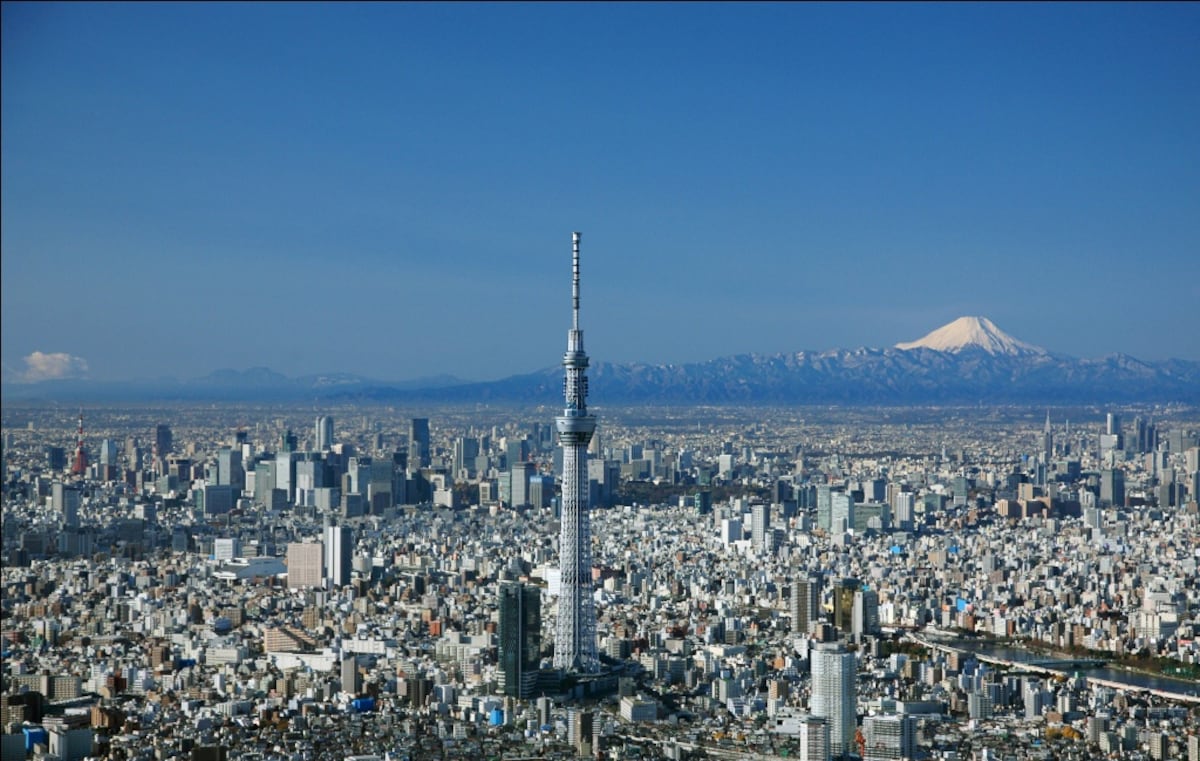
After enjoying the museum, I took a quick taxi ride to the nearby TOKYO SKYTREE TOWN. Besides seeing the enormous TOKYO SKYTREE structure itself, which was constructed by Tobu in 2012 and took the title of Japan’s tallest building (at a whopping 634 meters/2,080 ft), there are a variety of shops, restaurants and even an aquarium! Because of cherry blossom season, the shopping center was decorated to resemble the Edo Period (1603-1868) in full bloom.
(Photo © TOKYO SKYTREE)
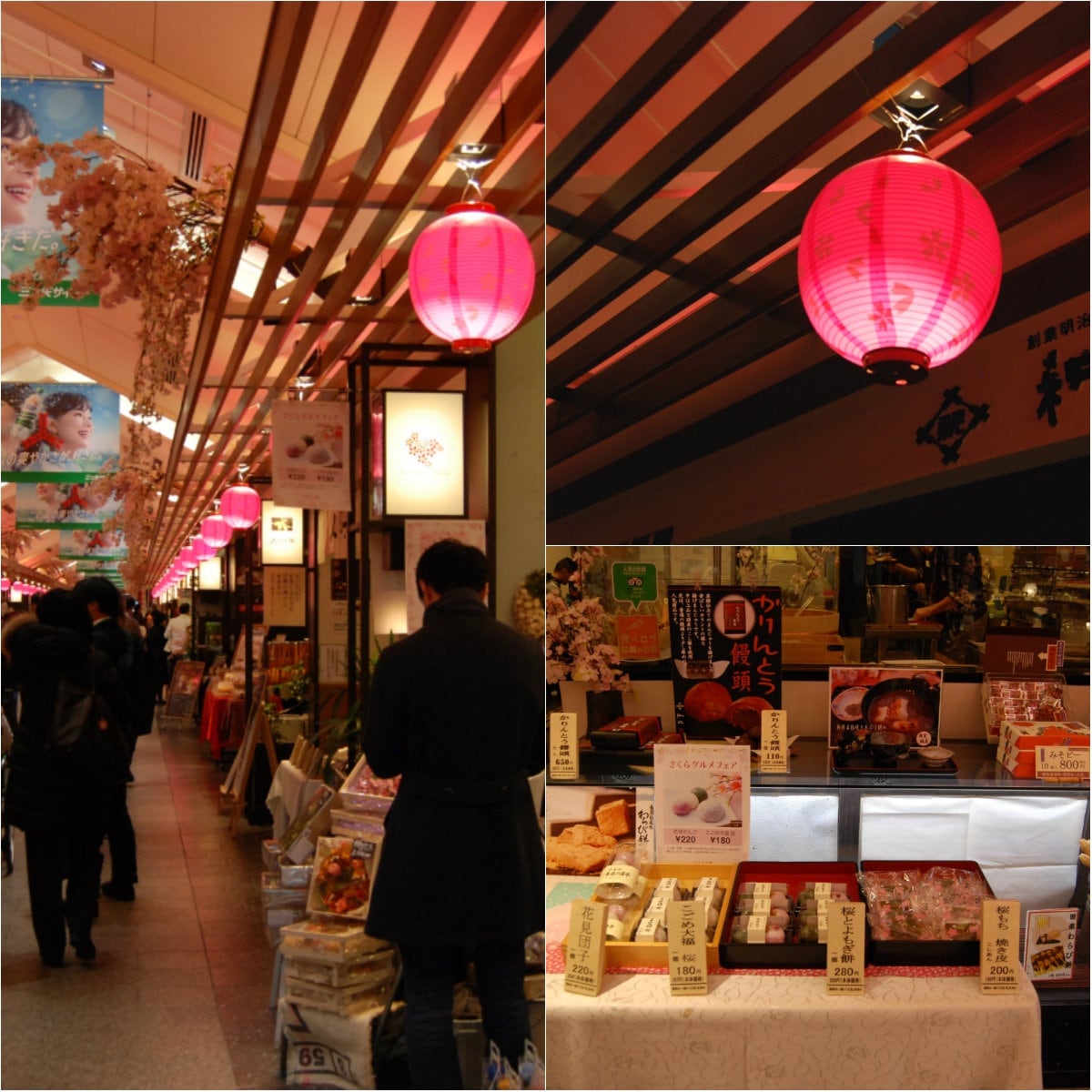
TOKYO SKYTREE is a fully functional broadcast tower that provides signal to the Kanto region. Its unique construction is also incredibly earthquake resistant: it has a combination of a central pillar of reinforced concrete as well as a tuned mass damper that can absorb up to 50 percent of the energy a quake generates.

Visitors can enjoy two observation decks, elevated 350 meters (1,148 ft) and 450 meters (1,476 ft) respectively. The ride up is a treat in and of itself, as each elevator is decorated to resemble traditional depictions of Japan’s four seasons. The scenery from the 350-meter-high deck is spectacular (reminiscent of an ancient view of the Edo Period) even on a cloudy day. And when the skies are clear, they offer a breathtaking view of Mount Fuji during the day, and the city illuminated at night.
(Photo © TOKYO SKYTREE)
Tickets for regular adult entry range in price from ¥2,060 (US$18.62) to ¥3,090 (US$27.92) depending on whether or not they’re purchased in advance or the day-of, and which observation deck(s) you visit. During holiday seasons, the queue times can be quite long, so it’s worth purchasing tickets in advance and arriving early to make sure you have plenty of time to soak up the scenery.
(Photo © TOKYO SKYTREE)
Sumida River

After enjoying the view, we took a quick trip to the park alongside the Sumida River. During cherry blossom season, the 700 cherry blossom trees that were planted on either side of the banks by Tokugawa Yoshimune burst into bloom, providing visitors an unparalleled hanami (cherry blossoming viewing) experience! An unseasonably cold week meant we were a bit early to enjoy the full bloom, but there were still plenty of people having picnics and embracing the spirit of the season, and I had a great view of the Asahi Beer headquarters!
The river also hosts the Sumidagawa Fireworks Festival in the summer, as well as the Toro Nagashi Festival, where countless paper lanterns representing wishes float gently downstream. Regardless of the season, there's no doubt that Tokyo's Sumida Ward is definitely worth the visit!
(Photo © TOKYO SKYTREE)


